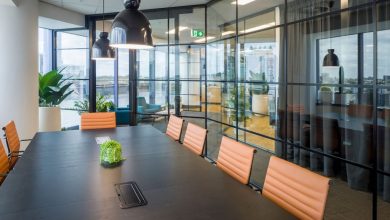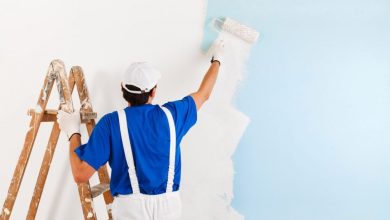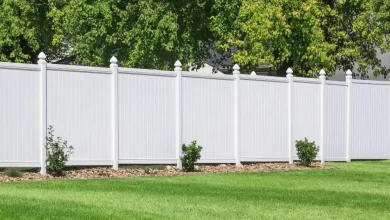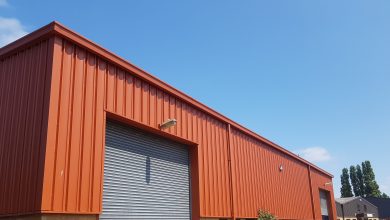9 Advantages of Choosing Metal Cladding
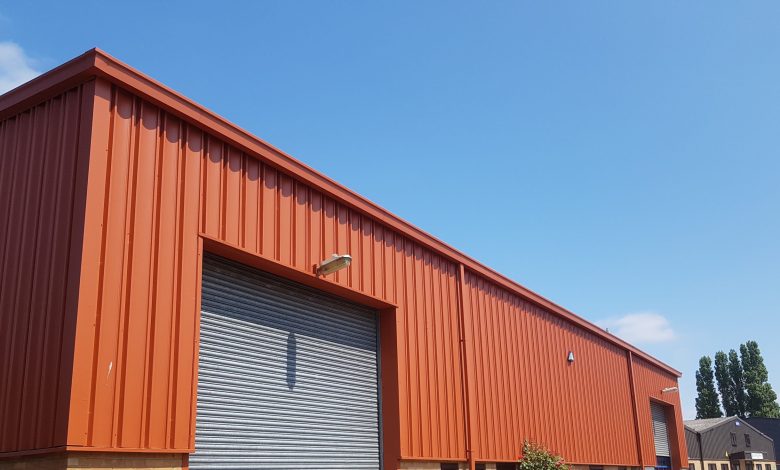
In modern construction, architects and builders are constantly seeking innovative materials and techniques that enhance the aesthetics and durability of structures. Metal cladding in Melbourne has emerged as a popular choice for many construction projects, offering various benefits over traditional wood cladding. Among its numerous advantages, longevity is a key attribute that makes metal cladding a compelling option. This article delves into the lasting appeal and advantages of metal cladding in construction, highlighting its superiority over wood cladding.
1. Resistance to The Elements
Metal siding is well known for being incredibly long-lasting and resilient. Rain, snow, wind, and UV radiation are extreme weather factors that metals like steel, zinc, and aluminum naturally resist. Metal cladding is impervious to moisture and insect infestations, which can cause wood to rot and degrade over time. As a result, it has maintained its structural integrity and visual appeal for many years.
2. Low Maintenance
Metal cladding’s low maintenance needs contribute to its long lifespan. Metal cladding requires less maintenance than wood, which needs to be painted, sealed, and repaired regularly to prevent deterioration. Usually, all that’s required to keep the cladding in excellent shape is routine cleaning and sporadic inspections, which lowers maintenance expenses and efforts over the building’s lifetime.
3. Resistant to Corrosion
Wood cladding’s lifespan can be drastically shortened by termite infestations, fungal growth, and rot. However, metals used for cladding are inherently resistant to corrosion and decay. Because of this resilience, metal cladding will continue to be structurally strong and attractive throughout time, adding to the building’s overall lifespan.
4. Eco-Friendly and Recyclable
Standing seam cladding is frequently regarded as a sustainable option for construction because it can be recycled. Metals like steel and aluminum can be recycled without losing their original qualities, so there is less need for new raw materials. Wood cladding, on the other hand, necessitates ongoing tree harvesting, exacerbating environmental deterioration and deforestation.
Copper and zinc may likewise be recycled without losing their natural qualities. For example, PREFA, an aluminum producer, claims to employ 87% recycled aluminum (small roof shapes from PREFA are built from 86.6% recycled materials). Many metal manufacturers do use recycled resources. 77% of the aluminum used in their products, including Prefalaz and Prefabond, is recycled.
5. Great Design Versatality
Metal cladding in Melbourne is frequently regarded as a sustainable option for construction because it can be recycled. Metals like steel and aluminum can be recycled without losing their original qualities, so there is less need for new raw materials. On the other hand, wood cladding necessitates ongoing tree harvesting, which exacerbates environmental deterioration and deforestation.
Copper and zinc may likewise be recycled without losing their natural qualities.
For example, PREFA, an aluminum producer, claims to employ 87% recycled aluminum (small roof shapes from PREFA are built from 86.6% recycled materials). Many metal manufacturers do use recycled resources. 77% of the aluminum used in their products, including Prefalaz and Prefabond, is recycled.
“Zinc is 100% recyclable and can be reused virtually indefinitely, without losing any of its chemical or mechanical properties, or any loss in quality,” according to elZinc. Furthermore, they add, “Every zinc by-product generated during the elZinc production processes is recycled and reused, either in its production processes or externally, such as in the use of zinc oxide as a catalyst in the vulcanization of rubber.” Details from the VMZINC website: “By European standard EN 988, VMZINC rolled zinc is zinc that has been alloyed with copper and titanium. Thus, it has more than 98.8% of extremely pure primary zinc (according to European standard EN1179), 0.13% copper, and 0.08% titanium.
Combining mining resources and recycled materials—typically between 10 and 20 percent of recycled material—provides the highly pure primary zinc needed to make VMZINC rolled zinc. The percentage of recycled material varies from year to year. VMZINC uses 21% recycled primary zinc (3) and all of the copper and titanium added as alloy components are recycled 100% (4), so VMZINC’s rolled zinc has a 22% recycled content.
6. Fire Resistance
Metal cladding is safer than wood in areas with stringent fire safety requirements or where wildfires are common. Metal cladding adds extra safety to the building and its occupants by preventing the spread of fire.
7. Cost-Effective
Metal cladding may be more expensive at first than wood, but over time it will save costs due to its durability and little upkeep needs. There are significant savings over the building’s lifetime since there is a lower need for replacements, repairs, and continuing maintenance, offsetting the larger initial expenditure.
9. Easy to Install
Building is a difficult, taxing, and demanding endeavor that may get expensive if you’re not ready. If you decide to use metal paneling for your project, you must think about the requirements and nature of the installation process. Fortunately, installing standing seam cladding systems is a simple process.
Metal works well for lightweight cladding because it allows contractors to quickly and efficiently install the panels. Additionally, it includes sophisticated attachment mechanisms that make installation quick and simple.
To conclude,
Construction projects can benefit greatly from metal cladding, one of which is its long-lasting nature. It is favored over wood cladding because of its weather resilience, minimal care requirements, and general durability. Furthermore, metal cladding’s fire resistance, adaptability in design, eco-friendliness, and long-term cost-effectiveness reinforce its standing as a top material in contemporary construction. More and more builders, architects, and property owners are realising the enormous value that metal cladding adds to their buildings, guaranteeing a stunning façade and a sturdy and long-lasting structure.

